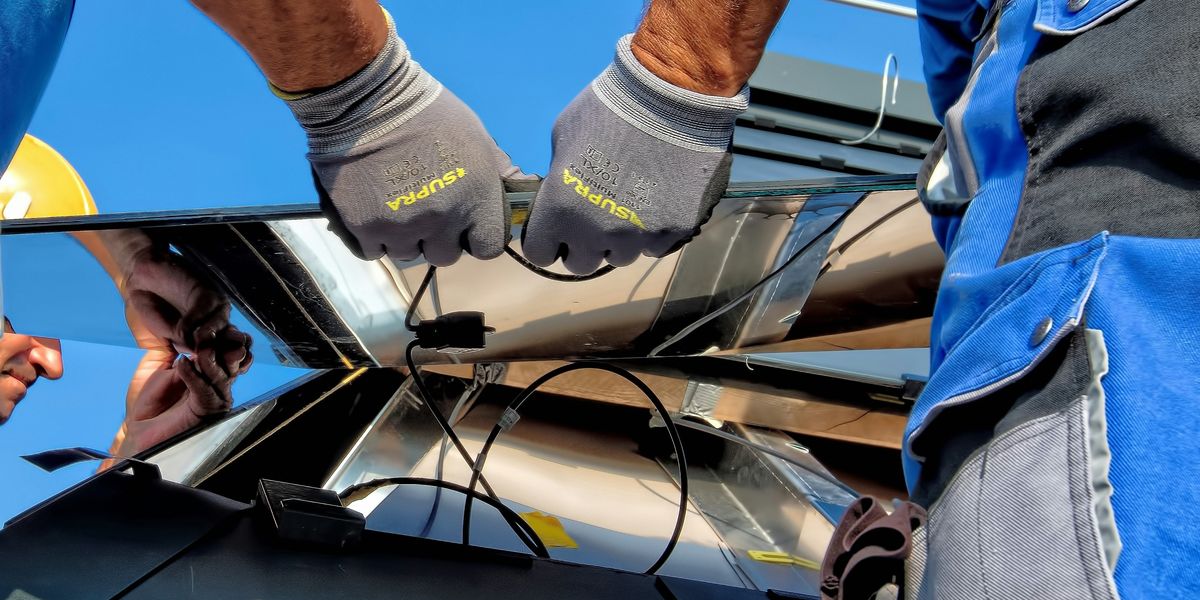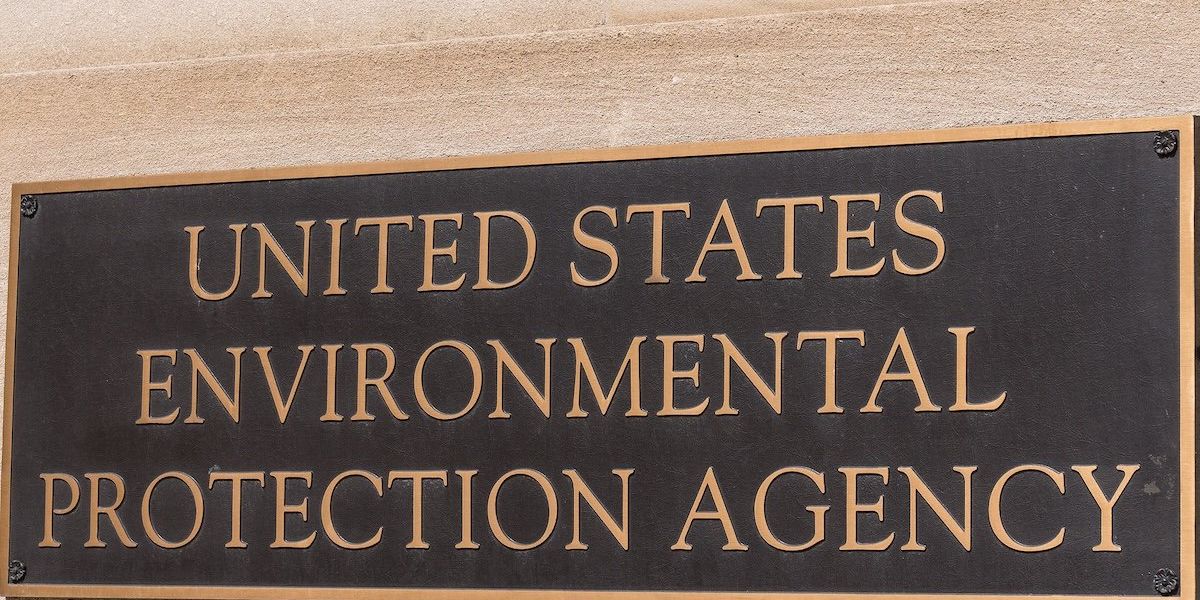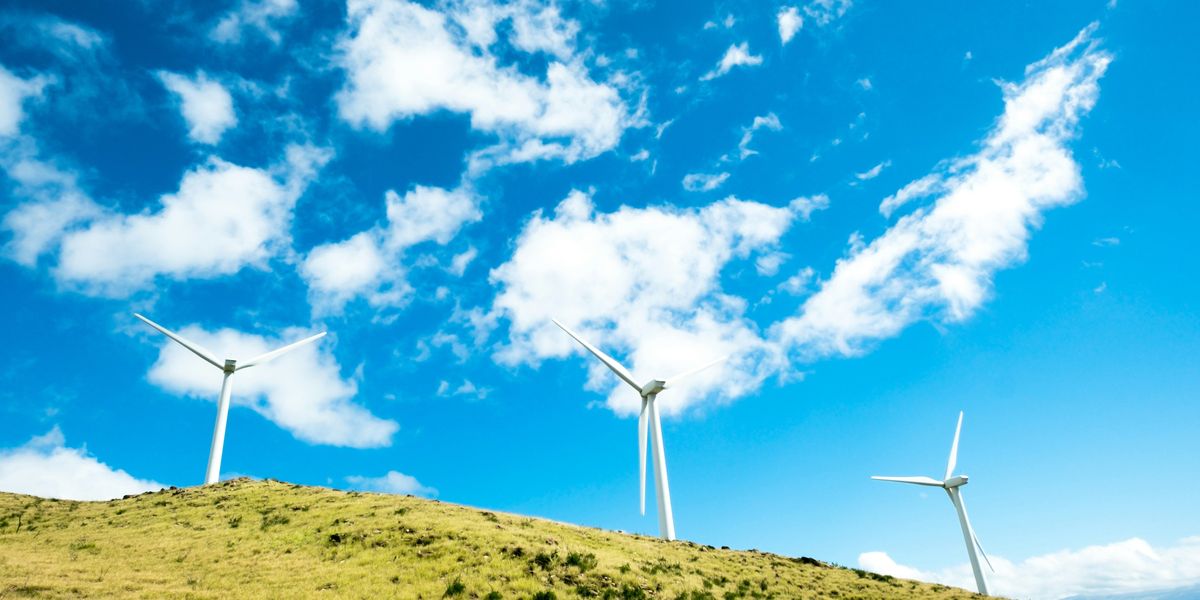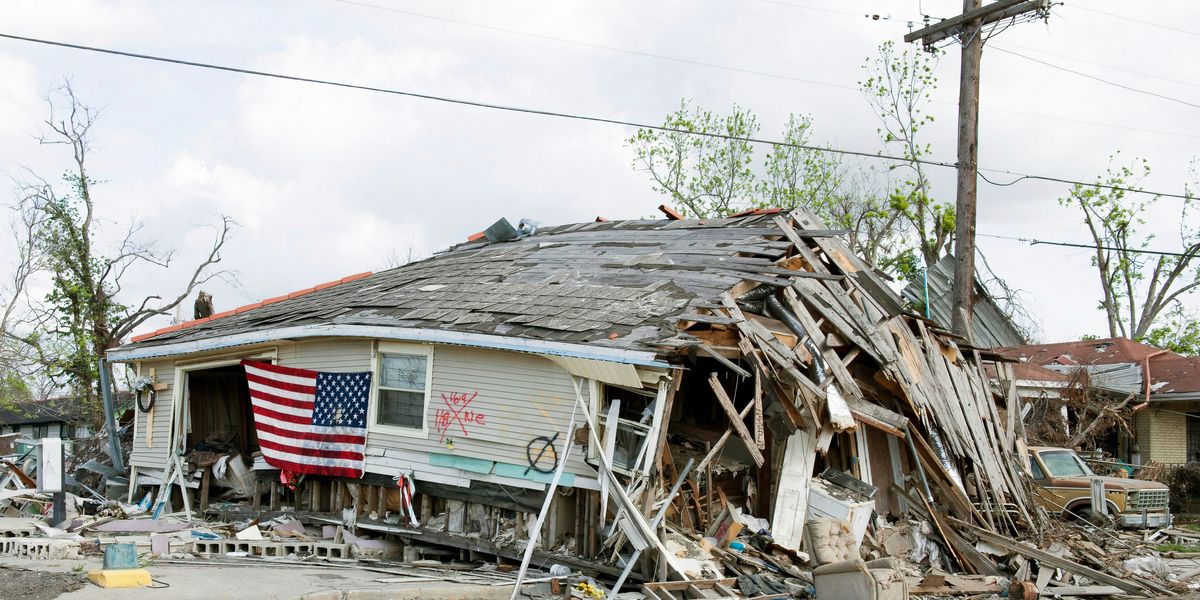cancer
Laguna Pueblo continues to suffer with legacy uranium waste, despite expanded federal compensation program
Decades of uranium mining at Laguna Pueblo left lasting contamination and health crises, even as a new law finally promises compensation to post-1971 workers.
In short:
- The Jackpile Mine, once the world’s largest open-pit uranium mine, remains a toxic Superfund site, with contaminated water and soil still affecting local people, animals, and agriculture.
- New Mexico uranium workers exposed after 1971 are now eligible for a one-time $100,000 payment under the expanded Radiation Exposure and Compensation Act (RECA), but the application process is not yet open and is surrounded by confusion.
- Advocacy groups warn that the physical and social fallout — illness, environmental damage, and the risk of renewed mining — continues to affect the Pueblo community, highlighting gaps in accountability and safety measures.
Key quote:
"I get calls every week: Somebody passed away. Cancer. These horrible diseases that are not even qualified diseases for RECA compensation. We’ve had a lot of our young people die of cancer. They’re in their twenties and thirties."
— Lorretta Anderson, co-founder, Southwest Uranium Miners Coalition Post-71
Why this matters:
Children playing near old tailings, farmers tending fields laced with radioactive remnants, and families drinking contaminated water and living with chronic illnesses all carry the invisible cost of an industry that boomed and then went bust. Jackpile left a legacy of contaminated water, soil, and serious health problems that the community continues to wrestle with today. Laguna Pueblo’s struggle is a stark reminder that some environmental and health crises don’t end when the last miner walks away — they linger for generations, quietly shaping lives and landscapes.
Now, with demand for nuclear power accelerating, the uranium industry has come knocking again in many impacted communities, promising that new technologies will guard against the health and environmental devastation of past mining eras. For those still dealing with legacy mining waste, the industry's promises ring hollow.
Read more:
Hidden chemical load rivals climate crisis in scale of risk
A new report warns that the world’s 100-million-plus industrial chemicals are contaminating air, water, and human bodies with health effects ranging from ADHD to cancer.
In short:
- Researchers at Deep Science Ventures examined hundreds of studies and interviews and identified 3,600 food-contact chemicals in people, 80 of them deemed especially hazardous.
- PFAS “forever chemicals” now fall with rain and 90% of the global population breathes air that violates WHO limits.
- The review argues that toxicity testing still misses nonlinear, low-dose endocrine effects and receives only a sliver of the funding directed at climate research.
Key quote:
“The way that we’ve generally done the testing has meant that we’ve missed a lot of effects.”
— Harry Macpherson, senior climate associate, Deep Science Ventures
Why this matters:
From plastic wrappers to pesticide residues, synthetic compounds are with us from cradle to grave. Many slip past regulatory filters because traditional toxicology assumes that smaller doses are safer. Yet hormones operate on trillionths of a gram, and chemicals that mimic them can short-circuit development, immunity, and fertility at trace levels. Once released, these molecules cycle through soil, water, and air, reaching remote regions and persisting for decades. Health costs — from asthma medication to fertility treatment — land on families and public budgets, while manufacturers often face little accountability. As climate change reshapes ecosystems, chemical load adds another invisible pressure on wildlife and humans, complicating efforts to safeguard food, water, and future generations.
Related: Runaway plastic production fuels $1.5tn annual health burden, Lancet review finds
Mikisew Cree chief links cancer concerns to oilsands pollution in meeting with Carney
The chief of a Cree First Nation downstream from Alberta’s oilsands told Prime Minister Mark Carney he will not support new fast-tracked fossil fuel projects until Ottawa addresses toxic water and elevated cancer rates in his community.
In short:
- Chief Billy-Joe Tuccaro of Mikisew Cree First Nation said residents face months-long delays for cancer treatment and suspects local pollution worsens illnesses.
- The community sits north of oilsands tailings ponds shown to leak into groundwater; a 2014 report linked higher cancer rates to employment in the oilsands and consumption of local fish and game.
- Tuccaro criticized the federal Building Canada Act, which fast-tracks “national interest” projects without guaranteeing Indigenous consent, and invited Carney to visit Fort Chipewyan.
Key quote:
“You want my consent? You improve my people’s health.”
— Chief Billy-Joe Tuccaro, Mikisew Cree First Nation
Why this matters:
Communities downstream from the Alberta oilsands live amid vast tailings ponds that store toxic byproducts of oil extraction. Peer-reviewed studies have documented leaks into groundwater, raising fears about cancer clusters and contamination of traditional food sources like fish and game. Health access is also limited: Residents often travel long distances for care, meaning diagnoses come late and outcomes worsen. As Canada pushes carbon-capture projects to frame oilsands oil as “decarbonized,” local First Nations warn that air and water pollution remain even if emissions drop. Their stance highlights a broader debate over what counts as clean energy — and whether fast-tracked projects can proceed without fully addressing Indigenous health and environmental risks.
Related: Canada funds long-awaited health study for Indigenous communities downstream of oilsands
Nuclear energy’s clean image leaves out the radioactive baggage
Nuclear energy is making a global comeback as a supposed climate fix, but Indigenous communities say its toxic past and present make it far from clean.
In short:
- Thirty-one countries, including the U.S., have pledged to triple nuclear energy by 2050, touting it as a zero-emissions alternative to fossil fuels amid rising electricity demands from AI and tech industries.
- Critics argue the “clean” label ignores uranium’s dirty journey — from mines on Indigenous lands to radioactive waste that lasts tens of thousands of years — leaving cancer clusters and poisoned water in its wake.
- Activists like Jesse Deer In Water and Leona Morgan, who’ve lived near nuclear sites, are calling for reparations, ethical oversight, and Indigenous representation in nuclear energy decisions.
Key quote:
“All along this journey of uranium for nuclear power and for nuclear bombs, they leave behind these poisoned communities. The moral debt that the United States owes to Indigenous people is ridiculous. It’ll probably never be met.”
— Jesse Deer In Water, Indigenous anti-nuclear activist
Why this matters:
Nuclear power is strutting back onto the global stage, dressed in a green halo and marketed as the solution to our overheating planet. Activists like Jesse Deer In Water and Leona Morgan aren’t buying the green rebrand. They’ve seen how nuclear waste lingers for generations and how policy decisions are made without including those most affected. If we’re going to call nuclear power clean, they argue, we’d better reckon with its full cost — and start listening to the communities who’ve been carrying that radioactive baggage all along.
Read more:
How a government feud threatens decades of scientific progress
The Trump administration’s move to cut off $2.6 billion in federal research funding to Harvard has upended a vital engine of American science, with ripple effects that reach far beyond a single university.
Emily Badger, Aatish Bhatia, and Ethan Singer report for The New York Times.
In short:
- Nearly 900 grants supporting projects in neuroscience, opioid treatment, environmental health, and more were halted after the administration accused Harvard of failing to meet federal conditions tied to civil rights and research integrity.
- The funding freeze impacts long-term, high-risk science — including regenerative medicine, sleep studies, and cancer research — that typically isn’t pursued by industry due to cost or lack of near-term profit.
- These grants also train the next generation of scientists, sustain critical partnerships across institutions, and support research that underpins national policy, from trans fat bans to telehealth effectiveness.
Key quote:
“What we are losing is a future.”
— Glorian Sorensen, professor and co-director of a worker health and safety center at Harvard
Why this matters:
Shutting down nearly 900 research grants puts real-world public health, environmental policy, and future breakthroughs at risk. The consequences might not be seen today, but years from now, the impacts will be felt — in the therapies the world doesn't have, the gaps in climate data, the lives that could have been saved but weren't.Read more: An open letter from EPA staff to the American public
Tulane faces backlash for silencing researcher exposing pollution and racial bias
A Tulane University scientist has resigned, alleging she was muzzled for exposing how Louisiana’s petrochemical industry harms Black communities through pollution and discriminatory hiring.
In short:
- Dr. Kimberly Terrell resigned from Tulane’s Environmental Law Clinic, claiming the university censored her advocacy and barred her from discussing her studies linking toxic pollution to racial health disparities.
- Internal emails show university officials feared her work would jeopardize political and donor support for a high-profile redevelopment project tied to New Orleans’ historic Charity Hospital.
- Terrell’s research revealed higher cancer rates, premature births, and unequal employment in Black communities near petrochemical facilities, sparking pushback from elected officials and donors.
Key quote:
“I cannot remain silent as this university sacrifices academic integrity for political appeasement and pet projects. Our work is too important, and the stakes are too high, to sit back and watch special interests replace scholarship with censorship.”
— Kimberly Terrell, former director of community engagement, Tulane Environmental Law Clinic
Why this matters:
Here's a story that cuts right to the bone of environmental justice in the South, where petrochemical plants line the Mississippi River with polluting smoke stacks and nearby communities have long been treated as sacrifice zones. It's another blow to environmental justice and academic freedom in the face of corporate and political influence.
Read more:
- “Cancer Alley” residents exposed to more than the lifetime exposure limit for cancer-causing compound: Report
- Op-ed: “I’m sorry, I can’t hear you” — disabling environments in Cancer Alley and the Ohio River Valley
- Community activists plead to be heard through “closed doors” outside nation’s top energy conference
- Lives “devastated’ by petrochemical industry pollution in Texas: Report
- Op-ed: Why is the chemical industry pitting public health against economic growth?
Congress questions who’s in control as Trump budget cuts disrupt NIH research
A Senate panel pressed the director of the National Institutes of Health (NIH), Jay Bhattacharya, to explain who is behind sweeping cuts to research funding, as confusion grows over the Trump administration’s influence on the agency’s operations.
In short:
- NIH Director Jay Bhattacharya deflected responsibility for the agency’s funding freeze and an $18 billion budget cut, blaming broader collaboration between Congress and the Trump administration.
- Senators from both parties criticized the cuts, warning they would stall progress on diseases like cancer and Alzheimer’s and risk U.S. competitiveness in medical science.
- Internal dissent has grown within the NIH, with over a hundred employees signing a letter alleging the grant cancellations were ideologically driven and bypassed scientific input.
Key quote:
“There’s a range of decisions, I think, that led to some of those pauses of grants.”
— Jay Bhattacharya, director of the National Institutes of Health
Why this matters:
The National Institutes of Health has long been a global leader in funding biomedical research, underwriting much of the basic science that drives breakthroughs in medicine. Cuts of the magnitude now proposed — nearly 40% — threaten not just lab jobs and university projects, but the foundation of U.S. innovation in health. When politics overtake peer-reviewed science, fields like public health, climate-linked disease research, and reproductive health often take the first hit. The sidelining of diversity and equity studies under the label of “politicized science” could further erode efforts to understand and address health disparities. As federal support evaporates, researchers may turn to private industry, where the incentive to cure may compete with the incentive to profit. And for the public, it means longer waits for accurate, objective answers about diseases that affect millions.
Read more: NIH workers warn of illegal orders and suppressed science



















